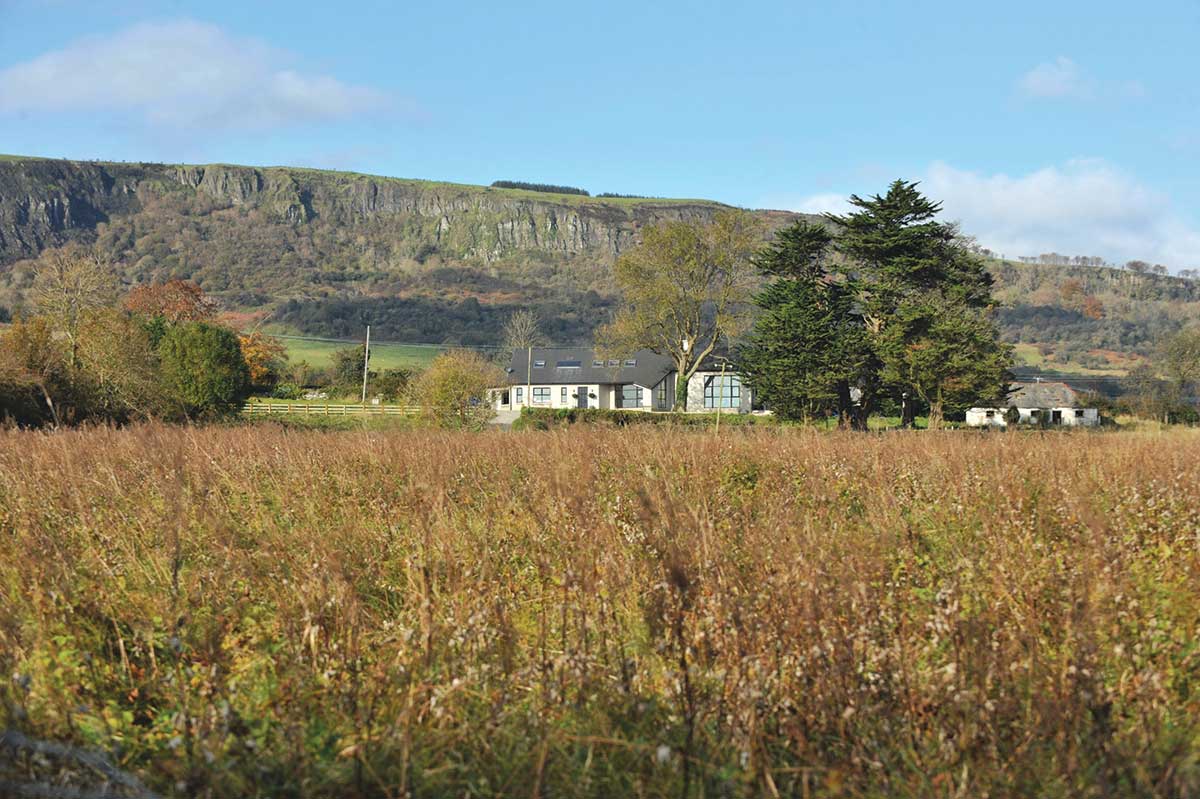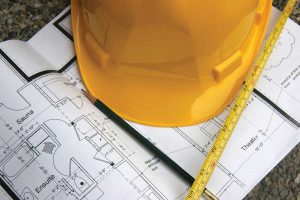The project manager must look after the smooth running of operations as well as the rules and regulations; Roger Bell of Bell Associates helps you keep your head above water with his overview of what’s involved.
Project management is a specialist field and for good reason; there are many aspects to juggle. In the case of a single new build or extension, a project manager will usually get involved from the point of receiving planning permission and their duties will include:
1. Tendering
Your planning drawings won’t provide an awful lot of detail, at this stage you need to start making decisions about materials, the heating system and other specific aspects of the build. You also need to be clear about what expectations you might have, including achieving a certain level of airtightness.
To get quotations from builders you therefore need to put together what’s called a tender, this includes the drawings, details, technical documents, and specifications. The more information you provide the more accurate the builders’ quotes will be. Use brand names if you know the models/products you will be using.
Your architectural designer will help you with the drawings and specification but a quantity surveyor is another useful ally at this stage to help drill down into a greater level of detail. Once the tender documents are ready you’ll need to:
- Choose which builders you want to get quotes from. Recommendations from friends and family are a good place to start but double check the builder’s work and how they’ve dealt with setbacks – how quickly and how well they deal with issues cropping up on site. The building professionals you’re working with will also be familiar with builders they get along with; here too double check for yourself. I’d advise you send the tender out to five builders in the hope that three will make a submission.
- Decide how long the tenders will be out for (deadline for submissions). It’s common to allow three to four weeks. Many builders now tender with the help of quantity surveyors.
- Receive and review each tender document. You’re likely to get a good, better and best price. If they’re all similar it’s likely that they’re either colluding or costs are reflective of market prices. Sometimes you’ll get a very low price, treat these with extreme caution as the builder could be cutting corners to land the job. A very high price indicates the builder isn’t interested. Consider how local the builder is, this can impact on the price and timescales.
- Nominate the successful builder. Reconfirm availability and price, proof of insurance and their tax clearance certificate. Change specifications and drawings where necessary and issue final drawings.
- Sign the contract setting out all of the details as above.
2. Health & Safety
At both the design and construction stages you must appoint supervisors and submit a health and safety file to the Health and Safety Authority (HSA). This must be done for any project where construction will take more than 500 person days or 30 working days or where there is a particular risk. There’s a full chart outlining the requirements on the HSA website but most new builds and extensions would fall under this legislation.
The requirements are twofold:
Before you start on the design work, and before you put the project out to tender, you must appoint a Project Supervisor Design Stage (PSDS). Your architectural designer will usually take on this role but it can be given to the main contractor if it’s a design and build contract or a small project with minimal design input. In all cases the person or company undertaking the role must be competent. The PSDS must prepare a written plan for the project outlining the risks, including those relating to technical, organisational, planning or time issues, how they’re to be dealt with and what control measures are to be put into place (if any).
‘To get quotations from builders you need to put together what’s called a tender, this includes the drawings, details, technical documents, and specifications…’
The PSDS also prepares a safety file for the homeowner where the risks are documented and health and safety information is filed. The PSDS must notify the HSA and the client of non-compliance with any written directions issued and where necessary issue directions to designers or contractors or others.
Before you start on construction, you must appoint a Project Supervisor Construction Stage (PSCS), this will usually be your builder or your architectural designer. It’s a very similar role with the same obligations, except it’s for the construction stage.
The PSCS must prepare a written plan specific to the risks associated to the construction stage and add to the PSDS’s safety file relevant documents such as records of scaffolding tags and inspections. It is the homeowner’s responsibility to appoint a PSDS and a PSCS.
3. Finance
The bank wants to make sure the money they lend you goes into the build and not into a car or a holiday. To do this they require that the construction stages are signed off on by a building professional and this is done with stage payment certificates. Each certificate, which attests that the house is being built according to the building regulations, acts as an instruction to the bank to release the stage payment. Self-builds often overrun and managing the budget is an essential part of the project manager’s brief.
4. Commencement notice
Before you build you must file a commencement notice. This is done online, on the Building Control Management System (BCMS). There’s a list of documents to submit including letters of consent, drawings, specifications and provisional certs. This includes submitting the energy calculations that show you comply with the energy requirements and achieve at least an A3 on the building energy rating scale.
You will also be asked to either opt in or opt out of appointing an assigned designer and an assigned certifier to the project:
If you ‘opt in’ the assigned designer and assigned certifier will be the ones to lodge documentation onto BCMS to prove that the Building Regulations have been complied with.
If you ‘opt out’ you must file your commencement notice yourself on the BCMS, this can be done with the help of your architectural designer. At this stage you will need to lodge a document stating that you will be opting out of the certification process. You will also need to supply the design drawings. If you wish to appoint a main contractor you can assign them to act as the builder, or you can appoint yourself.
The opt out option is less cumbersome from an administrative point of view but it leaves you, the homeowner, entirely responsible for making sure the house or extension is built according to the building regulations.
5. Supervision
This is an essential part of project management. Site visits and site meetings must take place regularly for everyone to be on the same page. There’s always a problem to be solved, a change in specification or criteria to amend. Cost variations come about when there’s an unforeseen. If you start digging and find that the ground is bad, this can lead to a costly change in foundations. An existing house might have damp problems that hadn’t been identified, this can lead to a change in specification. The homeowner will have to agree to pay extra to do the extra work.
Supervision also has to do with collecting data from builders and manufacturers. It mostly consists of documentation relating to the materials and systems installed in the house. For example quarry deliveries now come with a receipt certifying the products they supply are fit for purpose. You will keep the specification for the windows, the thermal insulation thickness and lambda value, etc. It’s all compiled in a file that can be reviewed at a later stage.
If you opt in, the assigned certifier will have submitted his/her inspection plan to the local authorities and s/he will sign off on site visits as s/he makes them. If you opt out, the design professional that oversees your build will also carry out site visits but these aren’t necessarily signed off on and tend to happen at the homeowner’s request.
6. Certification
This is the paperwork tidy up phase. There are two main aspects, if you are opting in you will have to file the final certification documents on BCMS to tell the authorities the building is completed and give them the final drawings, all variations included. The assigned certifier certification is the second document to submit to BCMS. If you opt out you can ask the design professional who oversaw the build, e.g. engineer, to issue a certificate of compliance. This document does not have to be submitted into BCMS but will be necessary for conveyancing if you ever sell your house.









